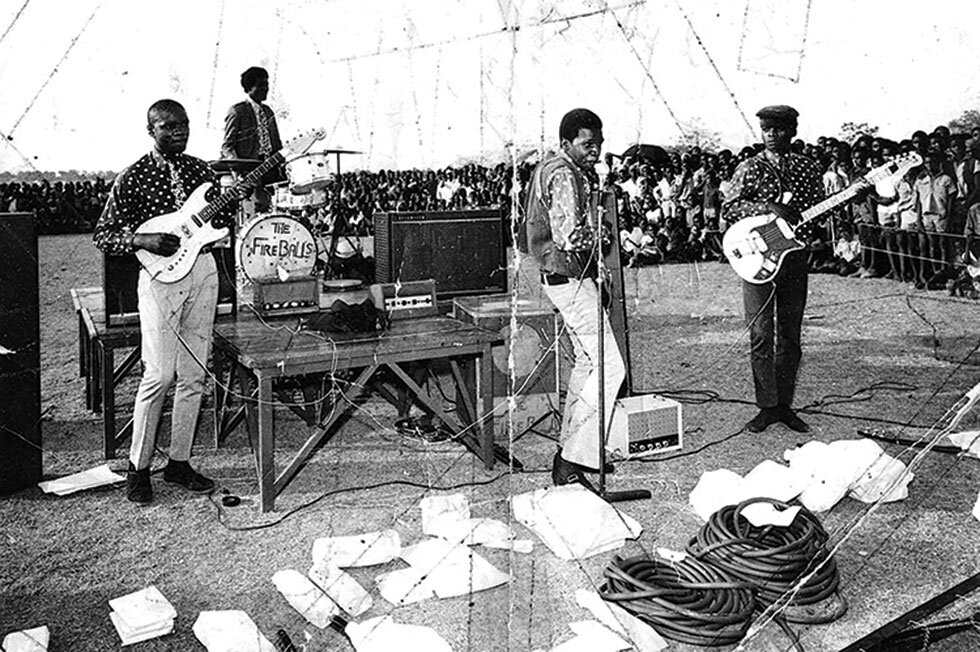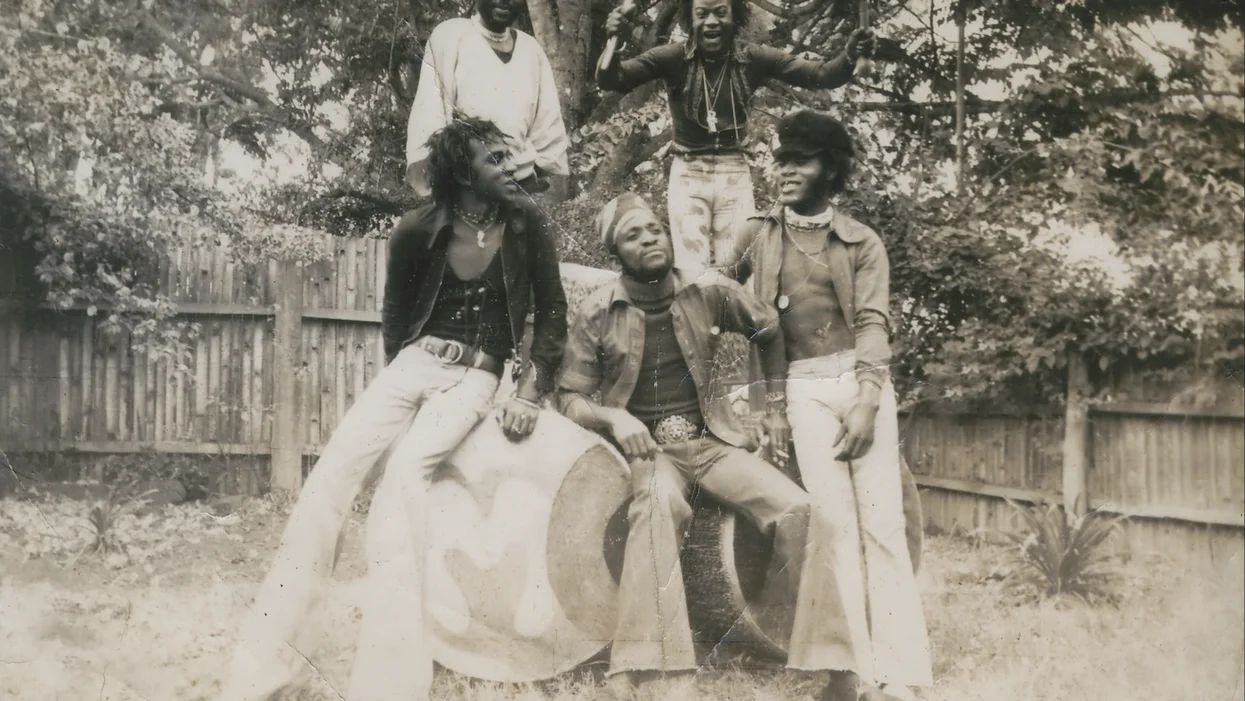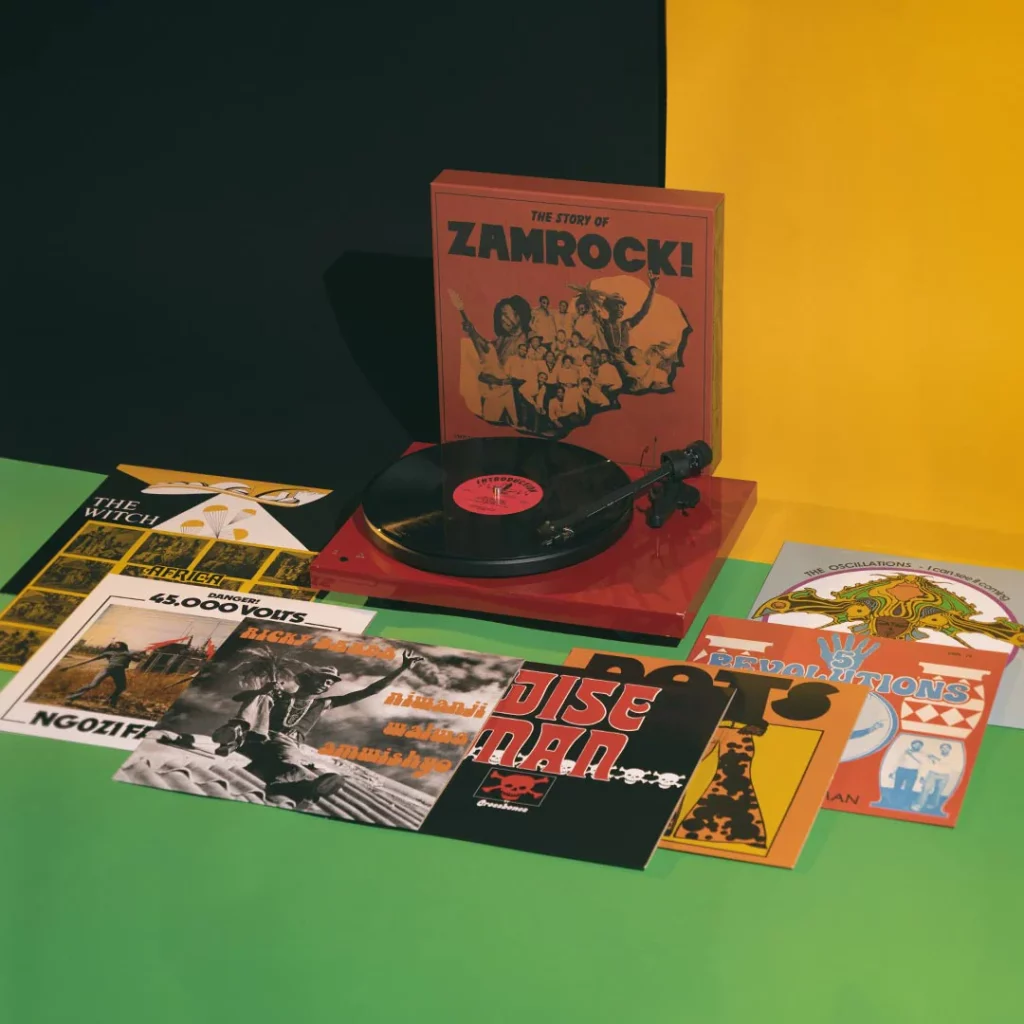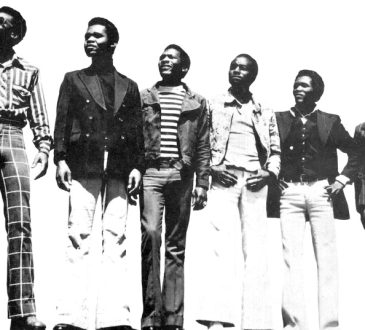Zamrock is a musical genre that emerged and gained popularity in Zambia during the early 1970s. It has been described as a fusion of traditional African music and psychedelic rock, garage rock, hard rock, blues and funk, taking influence from popular bands like Black Sabbath, Blue Cheer, the Rolling Stones, Deep Purple, and Cream.

Rock musician Rikki Ililonga and his band Musi-O-Tunya are widely regarded as the inventors of this style of music. Other notable artists include WITCH, The Peace, Amanaz, Chrissy “Zebby” Tembo, and Paul Ngozi and his Ngozi Family.
Though it is no longer as popular in the country as it once was due to Zambia’s economic difficulties in the late 1970s, Zamrock has seen a recent resurgence, led by former WITCH member Emmanuel Chanda, better known as Jagari.

Zamrock’s roots can be traced back to the 1950s, with northern singers from the Copperbelt Provincesuch as Stephen Tsotsi Kasumali, William Mapulanga, and John Lushi. Zamrock as a musical movement came of age in the turbulent first decade after Zambia’s independence from British colonialism, rising and falling in tandem with the country’s economic success. Zambia’s boom from its copper mines led to a bust when copper prices fell and the country was devastated by the AIDS epidemic of the 1980s.

After the country announced its independence in 1964, then-president Kenneth Kaunda introduced the slogan, “One Zambia, one nation” to promote unity. In order to celebrate the culture of the newly independent nation, Kaunda decreed that 95% of music played on radio stations had to be Zambian in origin. Since Western rock was popular in Africa, many Zamrock artists were inspired by bands that were popular in the West and adopted similar styles to those playing on British and American radios.

The rush to urbanization in mine-adjacent regions meant a variety of new artistic styles. The country’s newfound wealth brought with it urban sensibilities and a surge in interest in electric guitar use. Zamrock player Paul Ngozi of the Ngozi Family is credited with creating the kalindula sound, a rhythmic pop music sound with fuzzy electric guitar leads centred around the bass guitar of the same name.
Because the peak of Zamrock music occurred during a period of social unrest, much of the music released at the time reflected the difficulties that people were facing. Sometimes referred to as an aggressive genre, it addressed contentious issues such as racism in Southern Africa all while still maintaining an exuberant feel.
CREDITS: We’re a Zambian Band”. the Appendix. 5 August 2014. Retrieved 28 May 2021, “Why Zamrock is back in play”. the Guardian. Retrieved 5 December, “Zamrock: An Introduction to Zambia’s 1970s Rich & Psychedelic Rock Scene | Open Culture”. Retrieved 5 December 2022





